Jalapenos are a member of the Hot pepper family. Mature Jalapeno pepper is 2 to 4 inches long, hangs down with a round, strong, smooth flesh, and is 1 to 1 and 1⁄2 inches wide. It is not difficult to grow Jalapenos if you provide good soil, sunlight, and enough water for plants.
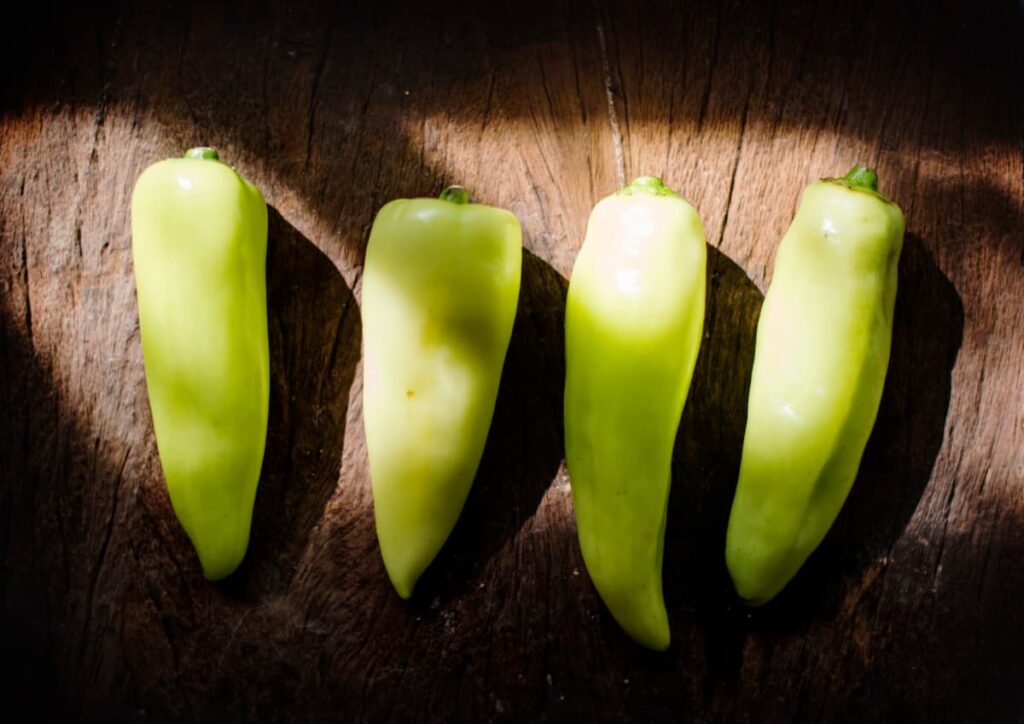
Growing Jalapeno peppers in the garden can make you enjoy homemade salsa and their spicy cook spicy in other recipes. Like all types of pepper, Jalapeno is a hot-weather vegetable that matures during the summer heat. Growing Jalapenos from seed is an easy process. Seeds must be started indoors in most areas to ensure the growing weather is long enough for Peppers to mature.
How to Grow Jalapeno Peppers from Seed
Different Types of Jalapeno Peppers
- Purple Jalapeno Pepper: The Purple Jalapenos pepper plant can produce almost black leaves and purple flowers. These peppers start with green, then turn purple and turn red. You can eat them at any color stage. This pepper is twice as hot as regular Jalapenos.
- Yellow Jalapeno Paper: You can eat these peppers at any color stage. Yellow Jalapenos are unaffected by many viruses that often affect other peppers.
- Mucho Nacho Jalapeno: Mucho Nacho Jalapeno is a major type of 4 inches long. These peppers are longer and wider than the standard Jalapenos, which makes them ideal for filling. These chilies start with green and then turn red.
- Billy Biker Jalapeno: Billy Biker Jalapeno backs up high heat with incredible Jalapeno flavor. You can expect these Peppers to be 3 and 1/2 inches long and extremely rich. Enjoy these Peppers in both green and red stages.
- Seniorita: Seniorita is dark green which turns purple and then finally red. These peppers are about 3 inches long and quite hot. It takes them 80 days to mature from seed to crop, and plants are about 2 feet long.
- Fresno Chile: Fresno, Chile produces small 2 inches of peppers with light heat.
- Sierra Fuego: Sierra Fuego is a hybrid type that produces 3.5 inches of light hot chilies. It matures in about 80 days.
In case you missed it: How to Grow Marigold at Home in the USA: From Seeds and Cuttings in the Backyard, and Pots
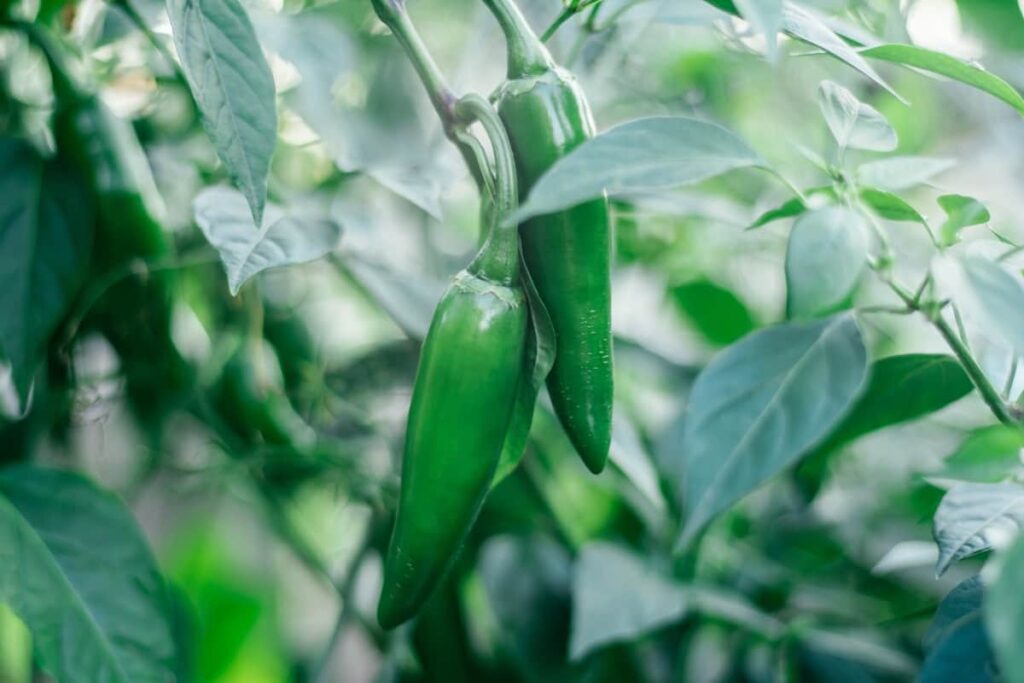
Best Place to Grow Jalapeno Peppers
Soil temperature should be at least 21°C for seed germination, so keep seed trays or utensils in a hot area for the best and fastest results. Do not plant your Jalapenos outside until all the risk of frost is eliminated and the temperature at night is above 15°C. In cold areas, black plastic mulch can heat soil before planting. Planting Jalapenos throughout the sun means at least 6 to 7 hours of direct sunlight on most days.
While they will bear a little shade, the plants will be harvested, and fruit production will be reduced. Jalapenos prefer temperatures between 18 to 30°C in the daytime and 15 to 23°C at night. Cold temperatures, with constant temperatures above 32°C, can cause flowers to fall and thus minimize fruit. Moderate moisture levels are ideal for these plants.
The Best Soil for Growing Jalapenos from Seed
The ideal soil for Jalapenos is fertile, moist, and well-drained. A little acidic to neutral soil pH is excellent. Jalapenos do not grow healthy in dense, soggy soil. If there are Jalapenos in containers, any general-purpose potting mix should be enough to have that drains well. Soil should be well-drained and have high organic matter. Jalapenos prefer slightly acidic soil with a pH of 6.0 to 6.8.
Check the soil and acidify it with nitrate fertilizer if the pH exceeds this level. Avoid planting Jalapenos in places where you have recently grown other nightshade family members, such as tomatoes, potatoes, or eggplants because it can detect common diseases for Peppers. Instead, add aging manure to your garden soil a week before transplanting Jalapenos to the garden.
Tips for Saving Jalapeno Seeds
Once the type of Jalapeno fruit ripens, the seeds can be saved, stored, and sown. Jalapeno seeds can be preserved dry or wet. Both methods have their benefits, although the dry method is simple and works fine to save small amounts of seeds. Just cut the black pepper and remove the seeds from the inside spongey white membrane, and then spread them over the newspaper sheet to dry for two to three days before storing them.
Wet procedures require a little more effort, but they have the advantage of eliminating immature or unworkable seeds. Pour the seeds into a shallow bowl and fill the bowl with water. Bad seeds will float up and can be discarded, while good seeds will sink. Remove the seeds and spread them to dry on the newspaper for a few days. Both dry and wet process boxes must be stored directly in a clean, dry container from sunlight. Properly stored seeds will last for two years.
Seed Germination Process of Jalapeno Peppers
- Starting seeds early means they will be ready for transplants outside when the weather is hot. Depending on this area, the final frost could be from March to May. Check with predictions in your area when the final frost is expected, and start 6 to 8 weeks before seeds can have plenty of time to grow. That means you’ll probably have to start planting around February.
- Germinating Jalapeno seeds indoors is one option for growing Jalapenos. If you want fresh seeds, cut them with a fully-grown red Jalapeno. This produces mature and fertile seeds. Cut them open and scratch the seeds.
In case you missed it: How to Grow Alfalfa from Seed: A Guide to Planting to Harvesting
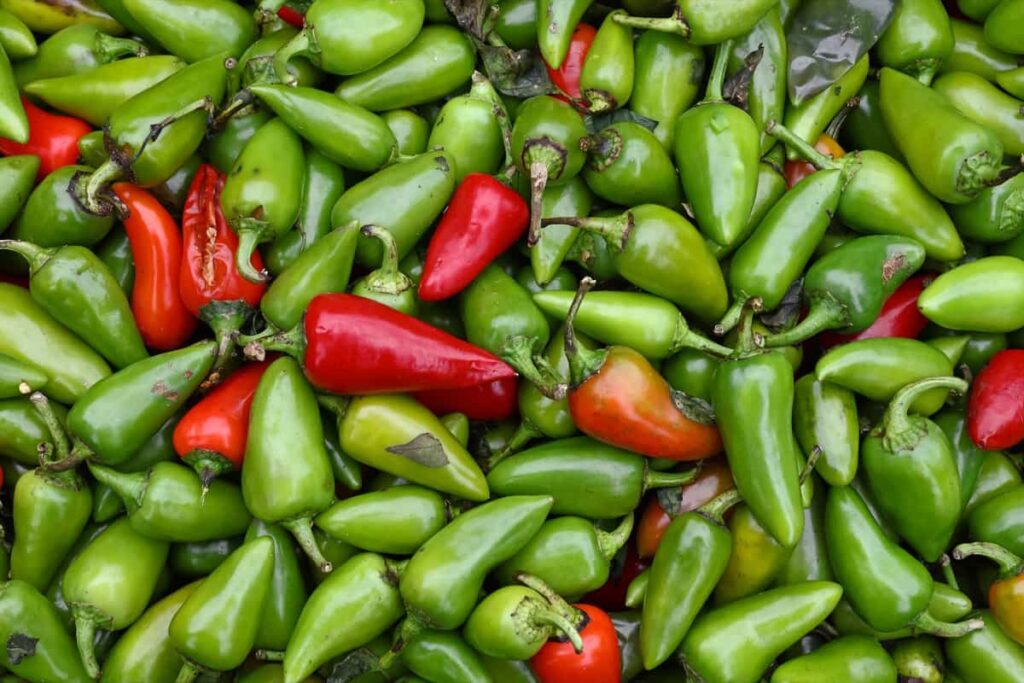
- Fill small trays or pots with soil. Plant each seed in your tray cups, so the roots do not become tangled. Remember that each mature plant will produce 30 to 40 Jalapeno peppers per season. Use it as a judge to see how many plants you should plant.
- Plant seeds to soil under 1⁄4 inches. Pull a small portion of soil into the vessel’s center and leave the seed inside. Cover the seeds with soil in a thin layer pattern.
- Place the trays in a sunny place indoors. Jalapenos need sun. Place them directly in sunlight near a sunny window.
- If you want to give extra sunlight to seeds, move them to different windows throughout the day as the sun’s position moves.
- Keep your internal temperature above 18°C, so the soil is hot enough for seeds.
- Jalapenos need moderate to high water to thrive. Use a spray bottle when you apply the seeds and wet the soil. Then check the soil every day and keep it moist with regular watering.
Tips for Transplanting Jalapeno Seedlings Outdoors
- If you have planted your seeds indoors, the seeds should have sprouted small seedlings after 6 to 8 weeks. When you are ready to transport them, they will be 3 to 6 inches long.
- Once you choose a plantation site, ensure the soil is ready for planting Jalapenos. Dig a hole of 8 to 10 inches of soil on top. Then add fertilizer or organic material to the soil to fill its nutrients. Use a rack to mix soil and fertilizer evenly.
- Dig holes 20 to 24 inches and in rows spaced 3 feet apart. The seedlings need plenty of airflow between them to prevent mold growth and fungus. If you are applying multiple seedlings, arrange them in straight rows. When you start a new row, move more than 3 feet from the back row and dig more holes.
- Don’t worry about creating perfect rows if you’re applying a few seedlings. Just ensure the plants are space long enough so they don’t grow into each other.
- Take the plants out of the tray, maintaining the roots and soil. Once you’ve developed the planting site, collect the seedlings for transplants. Gently pull each one out of the tray to maintain its roots. Dig around the plant if you have to pull the stem and roots into one piece.
- If you need help to easily pull-out plants, use a small shovel and work where the soil meets the tray. Try to get the entire soil out.
- If you damage the plant, transplant it anyway. Plants can be quite flexible and recover with proper care.
In case you missed it: Cabbage Farming Business Plan: How to Grow from Seed to Harvest
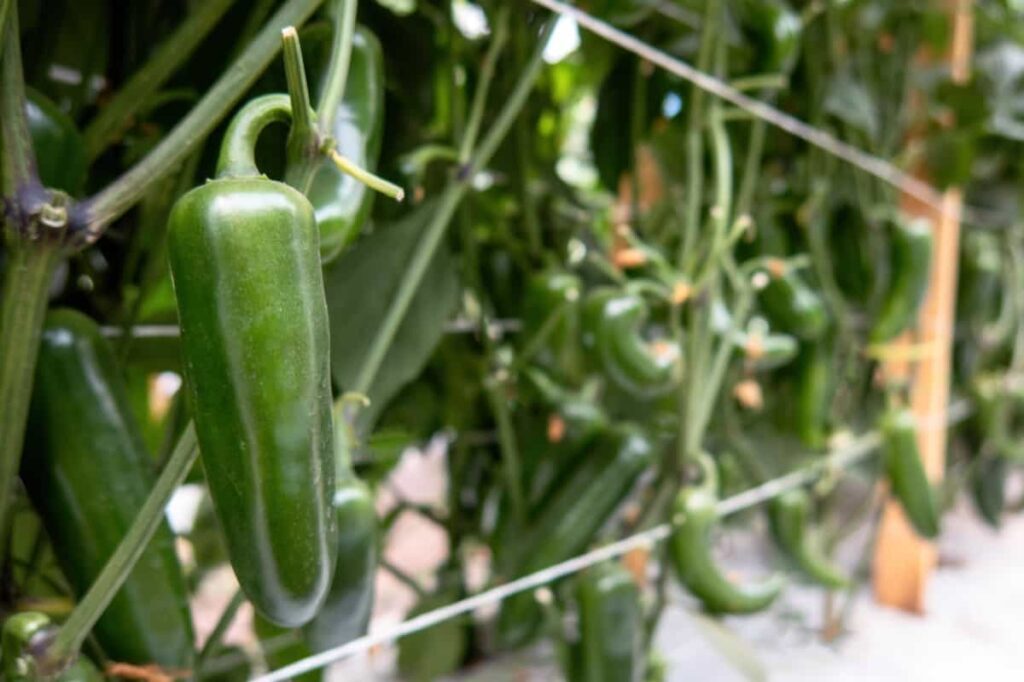
- Place a plant in each transplant hole and pack the soil around the plant. Place each seedling in a hole with its roots facing down. Then, pack some potting soil around the plant, so it sits safely. Do this for every seedling you have.
- Do not bury the plant’s stem or leaves. Pack soil just around its base to cover the roots.
- If the holes are too deep and the whole plant is covered, fill them with soil before placing them inside. Make sure the stem and leaves are above the surface of the earth.
- Spread 1-inch mulch to lock the water in the soil. Put a bag of mulch and spread it around with the rake. Continue working around it until all plants have an even, 1-inch layer around them.
- Depending on how many peppers you have planted, you may need multiple bags of mulch.
Tips for Transplanting Jalapeno Seedlings in Pots and Containers
- Fill the pot with organic potting soil. You can add a little fertilizer to the soil for nutrients. Remove the Jalapeno plant from the tray. Squeeze the root ball with your hand to loosen the soil and roots.
- Transfer the plant to a large pot when it is at least 2 inches long. It is strong enough to be moved into a larger vessel for more growing space when it has reached that height. Use nutritious potting soil when you move the plant, and give it full sunlight and plenty of water.
- Be careful not to damage the roots when managing the soil in the pot, especially if you are using a shovel.
- Keep the soil moist, especially during hot weather. Remember to keep the soil moist without getting soggy. Water the Pepper plants whenever the soil feels dry – if warm outside, the plant may need water daily.
- Ensure the pot has proper holes in the bottom so that water can drain easily.
- To see if the plant is too dry, bend the pot to the side to see how much it weighs. If it feels super light, the plant is very dry and needs more water.
In case you missed it: How to Grow Tomatoes in Australia from Seed: Best Time to Plant in Pots, the Backyard at Home for Sydney, Melbourne, and Victoria
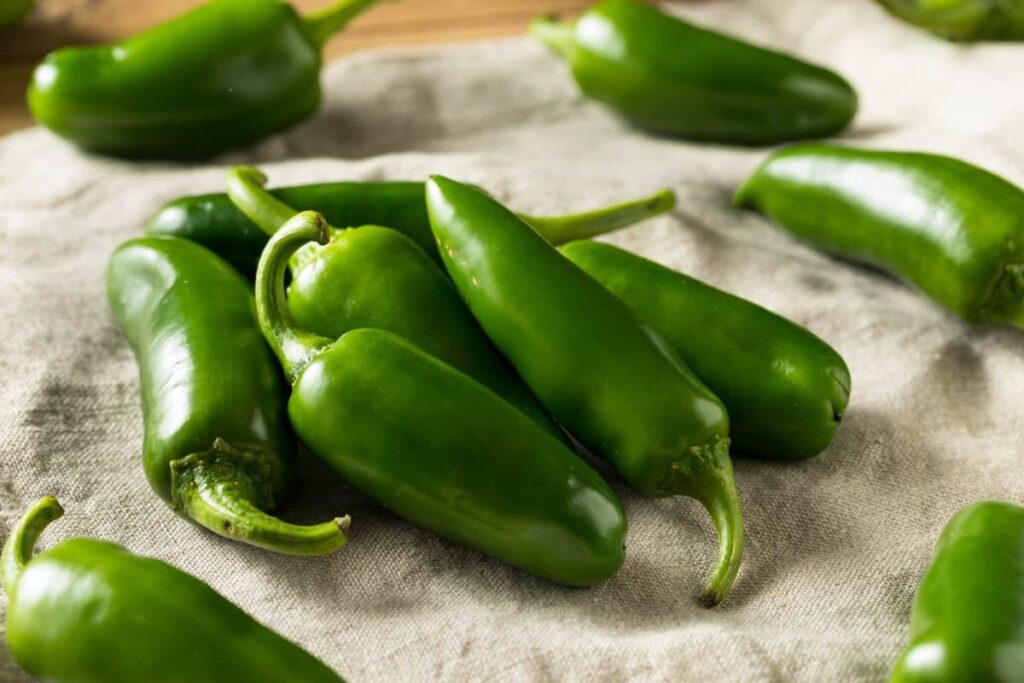
Water Requirement for Growing Jalapenos from the Seed
- Wait until the sun has gone down before watering. The main concern is that sunlight can act as a magnifying glass if the plant is wet, which burns leaves.
- Plants that mature like seedlings prefer soil that is kept well moist. Watering every other day should meet their moisture needs. Don’t give too much water, as it will damage the roots.
- Unlike some other members of the Night Shed family, Jalapenos need a lot of water. Water the soil when it feels dry, about an inch below, but do not allow it to be filled with water. A thick layer of mulch will help preserve soil moisture.
Fertilizer Requirement for Growing Jalapenos from Seed
- It is not normally necessary to feed Jalapenos if the soil is rich. But the Peppers grown in poor soil or containers will benefit from applying balanced granular fertilizer or the fertilizer layers around the plant base as flowers begin to form.
- If you choose high-quality potting soil to grow your plants, they should only need manure about a month after the date they were planted outdoors.
- Use more fertilizer in potassium and phosphorus. These two nutrients help plants produce as many peppers as they can. Go to the garden center and find more manure in potassium and phosphorus. Apply it as if the product directs you.
- Fertilizer usually instructs you to apply it once a week during the growing season, but follow instructions on your use products. A lot of nitrogen fertilizer won’t kill the plant, but you won’t get many Peppers.
In case you missed it: Factors Affect Seed Germination: Germination Stages: Process, Types, Tips for Successful Seed Germination
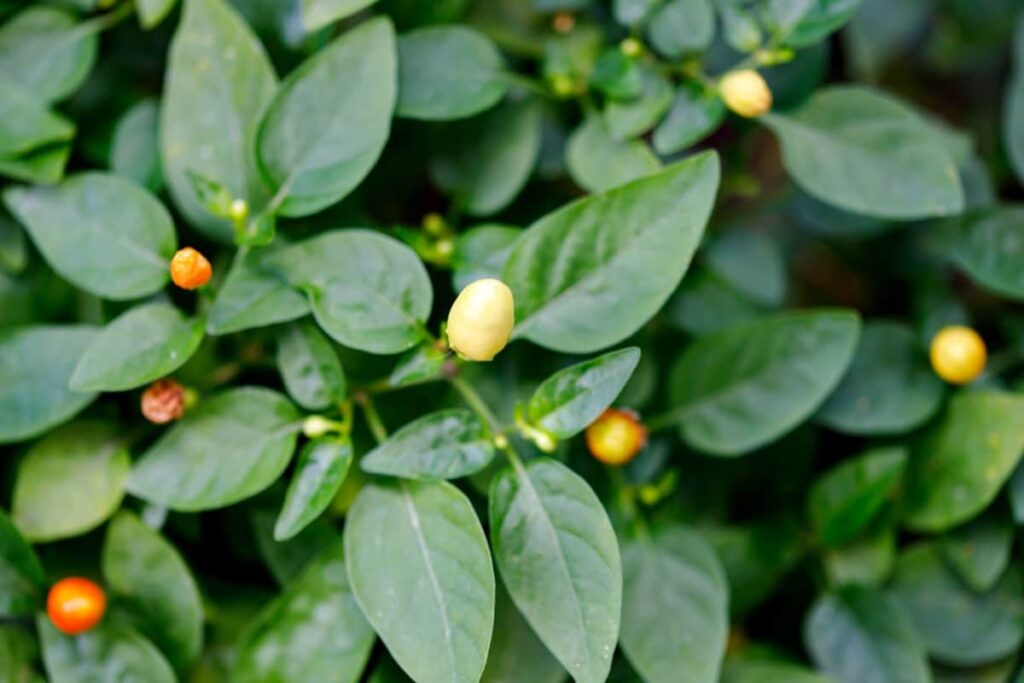
Pests, Diseases, and Their Control for Growing Jalapenos
- Aphids are one of the most common Pepper worms. These small green or white insects suck the juice from leaves, which reduces the plant’s strength and makes it more susceptible to diseases. Use a non-toxic control method, such as predatory insects such as ladybugs or insect-flogged soaps.
- Cucumber beetle larvae can harm the roots of Jalapeno plants. These small yellow-green beetles with black stripes eat leaves. Keeping the area weed-free will help eliminate the beetle breeding areas.
- Pepper hornworms are green caterpillars that chew large holes in leaves. The best treatment is to pick up insects by hand.
- Fusarium wilt is a fungal disease that weakens plants and becomes yellow. Affected plants will be removed and destroyed. Keeping plants well and well-watered usually avoids this disease.
- Anthracnose is another common fungal disease that produces deep-simmer spots on the fruit. Remove and destroy affected plants and buy resistant varieties when you plant the next one.
When and How to harvest Jalapeno Peppers
After 60 to 80 days, the Peppers should mature so you can pick them. Go through your plants and pick green chilies about 3 inches long. Hold them by the stem and gently twist them. Then enjoy them in your cooking. If you want Peppers to be extra spicy or want to harvest seeds for next year, wait until the peppers are completely red.
Commonly Asked Questions about Growing Jalapenos From Seed
How Many Jalapeno Peppers does a Plant Produce?
Depending on different varieties, the size of the Jalapeno Peppers varies from 2 to 3.5 inches, and the fruit is usually red or green while cooking. You can get about 30 to 40 Jalapeno Peppers per plant.
Do Jalapeno Plants Need a Trellis?
Putting stakes may not be necessary to grow them in your garden, but there are benefits. The Pepper stakes not only help support plants and keep them straight but also reduce the sun’s measurements on the fruits and help keep them away from the earth, where they are prone to insects or rot.
Why are My Jalapeno Peppers Not Producing?
Jalapeno pepper plants do not produce flowers, or fruit can be the effect of a wrong temperature zone, either too hot or too cold. Another common reason the Pepper plant is not produced could be blossom end rot.
In case you missed it: How to Grow Green Chilli Peppers Faster: Best Tips to Increase Flowering, Fruiting, and Production Yield
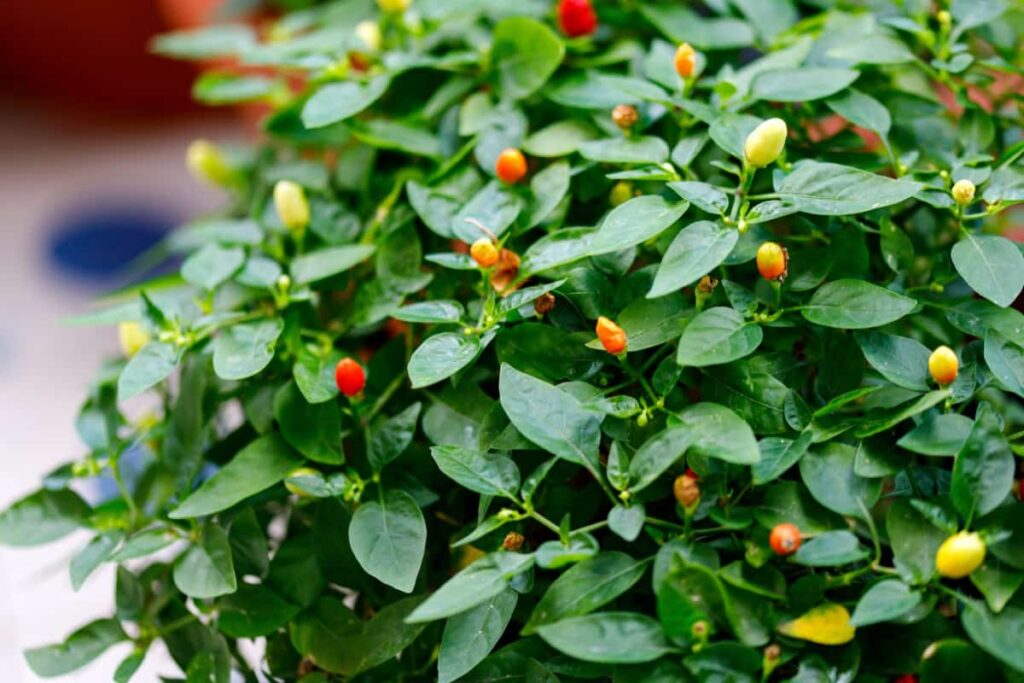
Conclusion
Growing Jalapeno Peppers is fun and profitable. With little care and attention, you can get bountiful peppers.
- Profitable Village Farming Business Ideas in 2024
- High-Yield Aquaculture: Fast-Growing Fish for Farming
- Effective Fish Pond Construction Techniques for Beginners
- Irrigation and Water Management in Pineapple Farming
- Blossom to Harvest: Mastering Flowering and Pollination in Papaya Farming
- Pig Fattening Essentials: From Selection to Sale for Beginners
- Raising Wagyu Cattle: A Complete Guide for Premium Beef Production
- Soil Types and Their Water Holding Capacity
- Optimizing Irrigation Schedules for Coconut Groves for Enhanced Yield
- Espresso Your Garden: Coffee Grounds for Healthier Acid-Loving Plants
- The Best Soil Mix for Snake Plants: How to Mix Your Own Snake Plant Soil
- Green Thumb Success: Expert Tips for Cultivating Greenhouse Beans All Year Round
- Bloom All Year Round: The Ultimate Guide to Indoor Hyacinth Care
- Eco-Friendly Gardening: How to Make Liquid Fertilizer from Kitchen Waste
- Ultimate Guide to Grow Anise in Pots: Explore Seed Propagation to Harvesting
- Guide to Raising Chester White Pigs: Discover Breed Facts to Growth Management
- Mastering the Elegance: The Ultimate Guide to Weeping Cherry Tree Care, Planting, and Maintenance
- Ultimate Guide to Planting Garlic in Grow Bags: Growing Strategies for Beginners
- How to Fix Spider Plant Leaf-Related Problems: Natural and Organic Remedies
- 10 Reasons Why Your Tulsi Plant is Shedding Leaves: Home Remedies and Solutions
- Optimizing Growth and Yield: The Advantages of Palm Bunch Ash Fertilizer
- Utilizing Neem Oil Extract as a Natural Pesticide for Hydrangea
- From Soil to Harvest: Various Ways in Which Farmers Can Use AI Tools
- Steps to Encourage and Induce Citrus Flowers: A Comprehensive Guide
- How to Fix Snake Plant Leaf-Related Issues: Natural and Organic Remedies
- Transform Your Garden into a Fragrant Oasis with Raat Ki Rani (Night Blooming Jasmine)
- Discover the Ideal Chicken Breeds for Philippine Farms
- How to Create a Poultry Egg Farm Business Plan for Profits
- Grow Lemon Cucumbers Like a Pro: Insider Techniques for Bountiful Yields
- Ultimate Guide to Caring for Your Pink Princess Philodendron: Tips for Thriving Variegation
- Areca Nut Profit Per Acre: Calculating Yield and Cost of Cultivation
- How Kaveri Chicken is Becoming a More Profitable Breed in Indian Backyards
- Transform Your Barn: 9 Steps to Convert a Horse Stall into a Chicken Coop
- Exploring Suffolk Sheep Disadvantages with Limitations and Challenges
- Guide to Solving Potted Lemon Tree Problems: How to Revive Lemon Tree in Containers
- Steps to Encourage Female Pumpkin Flowers: Best Strategies for More Flowers and High Yields
